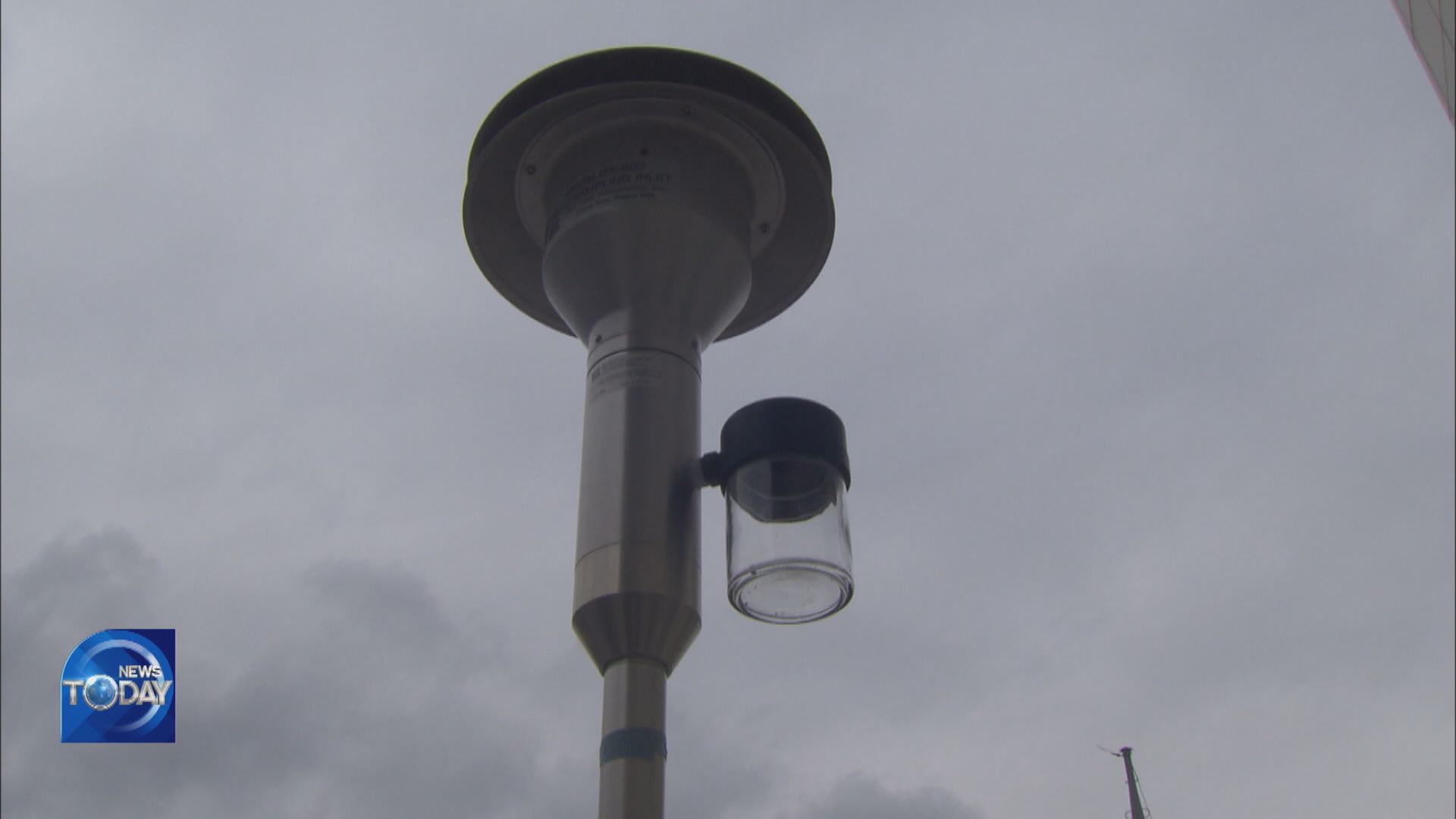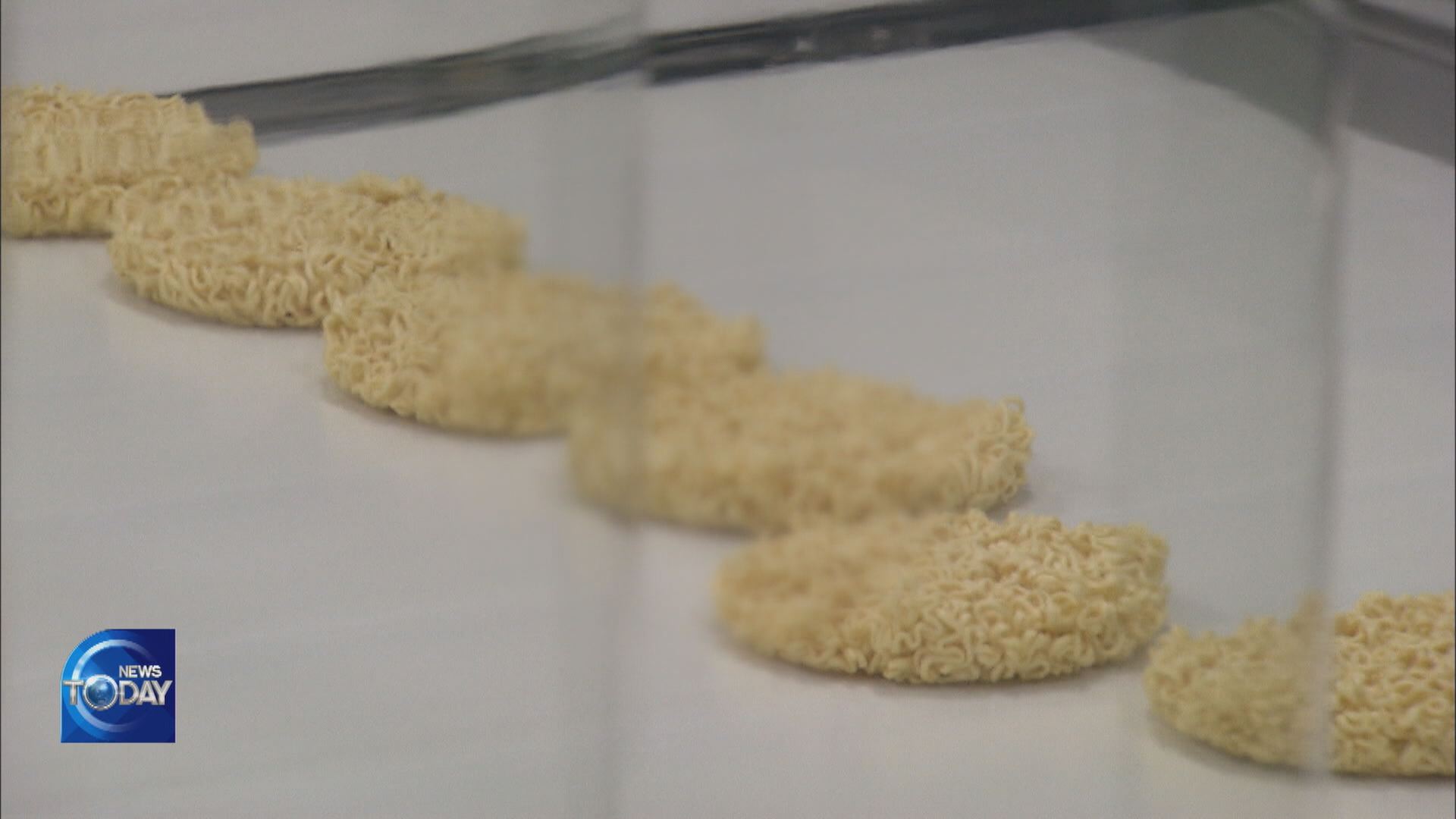MICROPLASTIC PARTICLES IN THE AIR
입력 2022.01.10 (15:30)
수정 2022.01.10 (16:46)
읽어주기 기능은 크롬기반의
브라우저에서만 사용하실 수 있습니다.
[Anchor Lead]
Microplastics in the seas have already been a serious issue for a while. But there are microplastic particles also in the air we breathe. It has been confirmed by studying the air in Seoul and Busan.
[Pkg]
Plastic breaks apart into tiny fragments in the rivers and oceans. These microplastics build up in the bodies of marine animals. It's also been confirmed that microplastics are present in the air we breathe. The Busan Research Institute of Public Health and Environment analyzed the air at 18 indoor and outdoor locations and found 0.4 average microplastics per cubic square meter indoors and 0.1 outdoors. The microplastic fragments found indoors were smaller.
[Soundbite] Choi Seong-hwa(Busan Research Institute of Public Health and Environment) : "We suspect the smaller they are, the more harmful. But microplastics with the thickness of a human hair are found more indoors than outdoors."
Most of the microplastics were polyethylene fragments. Plastic used in toys, packaging materials, and synthetic fibers was the main source of indoor microplastics while building materials, automobiles, and beverage containers largely accounted for outdoor microplastics. In July 2021, a study conducted in Seoul found microplastics of ten different substances in the air.
[Soundbite] Prof. Jeong Su-jong(Graduate School of Environmental Studies, Seoul Nat’l Univ.) : "It differs by location, but the key fact is that plastics exist. It’s very important to find out how much microplastics exist where."
Researchers highlighted that more studies are urgently needed on microplastics’ effects on the human body when inhaled and air quality analysis at children’s play facilities with a large number of plastic toys.
Microplastics in the seas have already been a serious issue for a while. But there are microplastic particles also in the air we breathe. It has been confirmed by studying the air in Seoul and Busan.
[Pkg]
Plastic breaks apart into tiny fragments in the rivers and oceans. These microplastics build up in the bodies of marine animals. It's also been confirmed that microplastics are present in the air we breathe. The Busan Research Institute of Public Health and Environment analyzed the air at 18 indoor and outdoor locations and found 0.4 average microplastics per cubic square meter indoors and 0.1 outdoors. The microplastic fragments found indoors were smaller.
[Soundbite] Choi Seong-hwa(Busan Research Institute of Public Health and Environment) : "We suspect the smaller they are, the more harmful. But microplastics with the thickness of a human hair are found more indoors than outdoors."
Most of the microplastics were polyethylene fragments. Plastic used in toys, packaging materials, and synthetic fibers was the main source of indoor microplastics while building materials, automobiles, and beverage containers largely accounted for outdoor microplastics. In July 2021, a study conducted in Seoul found microplastics of ten different substances in the air.
[Soundbite] Prof. Jeong Su-jong(Graduate School of Environmental Studies, Seoul Nat’l Univ.) : "It differs by location, but the key fact is that plastics exist. It’s very important to find out how much microplastics exist where."
Researchers highlighted that more studies are urgently needed on microplastics’ effects on the human body when inhaled and air quality analysis at children’s play facilities with a large number of plastic toys.
■ 제보하기
▷ 카카오톡 : 'KBS제보' 검색, 채널 추가
▷ 전화 : 02-781-1234, 4444
▷ 이메일 : kbs1234@kbs.co.kr
▷ 유튜브, 네이버, 카카오에서도 KBS뉴스를 구독해주세요!
- MICROPLASTIC PARTICLES IN THE AIR
-
- 입력 2022-01-10 15:30:04
- 수정2022-01-10 16:46:14

[Anchor Lead]
Microplastics in the seas have already been a serious issue for a while. But there are microplastic particles also in the air we breathe. It has been confirmed by studying the air in Seoul and Busan.
[Pkg]
Plastic breaks apart into tiny fragments in the rivers and oceans. These microplastics build up in the bodies of marine animals. It's also been confirmed that microplastics are present in the air we breathe. The Busan Research Institute of Public Health and Environment analyzed the air at 18 indoor and outdoor locations and found 0.4 average microplastics per cubic square meter indoors and 0.1 outdoors. The microplastic fragments found indoors were smaller.
[Soundbite] Choi Seong-hwa(Busan Research Institute of Public Health and Environment) : "We suspect the smaller they are, the more harmful. But microplastics with the thickness of a human hair are found more indoors than outdoors."
Most of the microplastics were polyethylene fragments. Plastic used in toys, packaging materials, and synthetic fibers was the main source of indoor microplastics while building materials, automobiles, and beverage containers largely accounted for outdoor microplastics. In July 2021, a study conducted in Seoul found microplastics of ten different substances in the air.
[Soundbite] Prof. Jeong Su-jong(Graduate School of Environmental Studies, Seoul Nat’l Univ.) : "It differs by location, but the key fact is that plastics exist. It’s very important to find out how much microplastics exist where."
Researchers highlighted that more studies are urgently needed on microplastics’ effects on the human body when inhaled and air quality analysis at children’s play facilities with a large number of plastic toys.
Microplastics in the seas have already been a serious issue for a while. But there are microplastic particles also in the air we breathe. It has been confirmed by studying the air in Seoul and Busan.
[Pkg]
Plastic breaks apart into tiny fragments in the rivers and oceans. These microplastics build up in the bodies of marine animals. It's also been confirmed that microplastics are present in the air we breathe. The Busan Research Institute of Public Health and Environment analyzed the air at 18 indoor and outdoor locations and found 0.4 average microplastics per cubic square meter indoors and 0.1 outdoors. The microplastic fragments found indoors were smaller.
[Soundbite] Choi Seong-hwa(Busan Research Institute of Public Health and Environment) : "We suspect the smaller they are, the more harmful. But microplastics with the thickness of a human hair are found more indoors than outdoors."
Most of the microplastics were polyethylene fragments. Plastic used in toys, packaging materials, and synthetic fibers was the main source of indoor microplastics while building materials, automobiles, and beverage containers largely accounted for outdoor microplastics. In July 2021, a study conducted in Seoul found microplastics of ten different substances in the air.
[Soundbite] Prof. Jeong Su-jong(Graduate School of Environmental Studies, Seoul Nat’l Univ.) : "It differs by location, but the key fact is that plastics exist. It’s very important to find out how much microplastics exist where."
Researchers highlighted that more studies are urgently needed on microplastics’ effects on the human body when inhaled and air quality analysis at children’s play facilities with a large number of plastic toys.
이 기사가 좋으셨다면
-
좋아요
0
-
응원해요
0
-
후속 원해요
0















![[단독] 한강버스 운항 두 달 남았는데…일부 공정률 ‘절반 이하’](/data/news/2025/07/01/20250701_LmwC7h.jpg)

이 기사에 대한 의견을 남겨주세요.